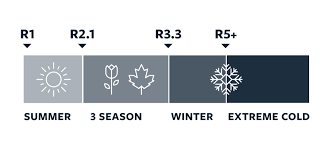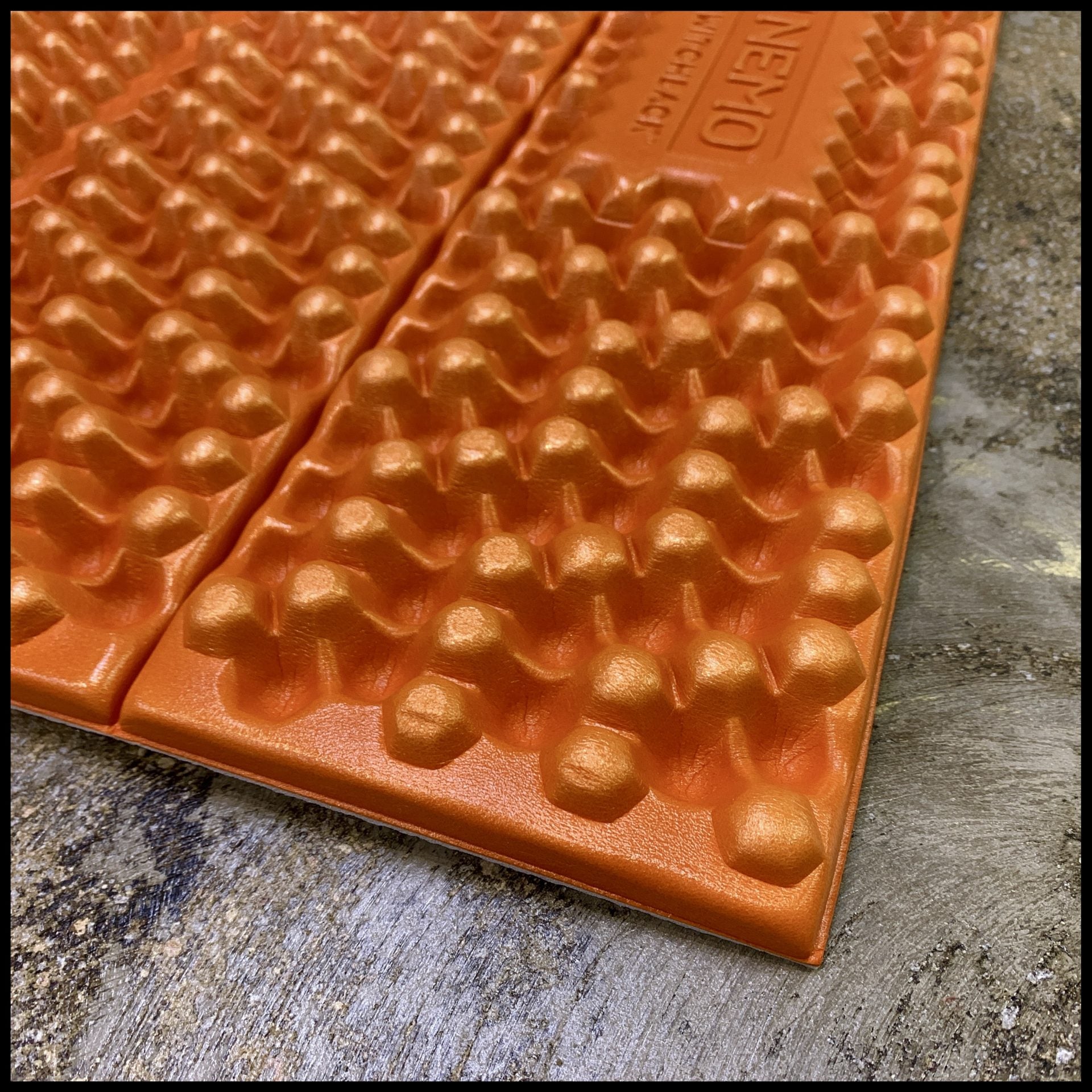Sleeping pads are like the hiking boot of your backcountry sleep system. Like a boot, the sleeping pad serves as your main connection to terra firma. Good choices can improve your backcountry experience when you consider these often overlooked, or even disregarded essentials. Poor decisions can taint your adventure by reducing your efficiency or even sapping you of the energy you need for your favorite type of adventure.
Of course, in its most fundamental state, a sleeping pad is intended to help you sleep. Although you might argue that their main purpose is to provide you a comfortable barrier from the rocks and roots in our uneven terrain, the temperature barrier they provide is the main feature that makes sleeping pads one of our most important tools.
The sleeping pad’s primary function is to block the cold air or ground from robbing you of your heat. When you lay in your sleeping bag, you compress the insulation underneath you – which exists to hold your heat. Remember, this insulation does not provide warmth, it stores warmth you generate. If the insulation is compressed, its ability to old heat is greatly reduced, or even negated. With no insulation under you, you’re susceptible to the cold. By creating an appropriate thermal barrier between you and the ground you maintain the original heat-holding characteristics of your sleeping bag. This maintenance of warmth translates to less distraction during the night, which means you’ll be more rested, and sharper when you need that energy most.







